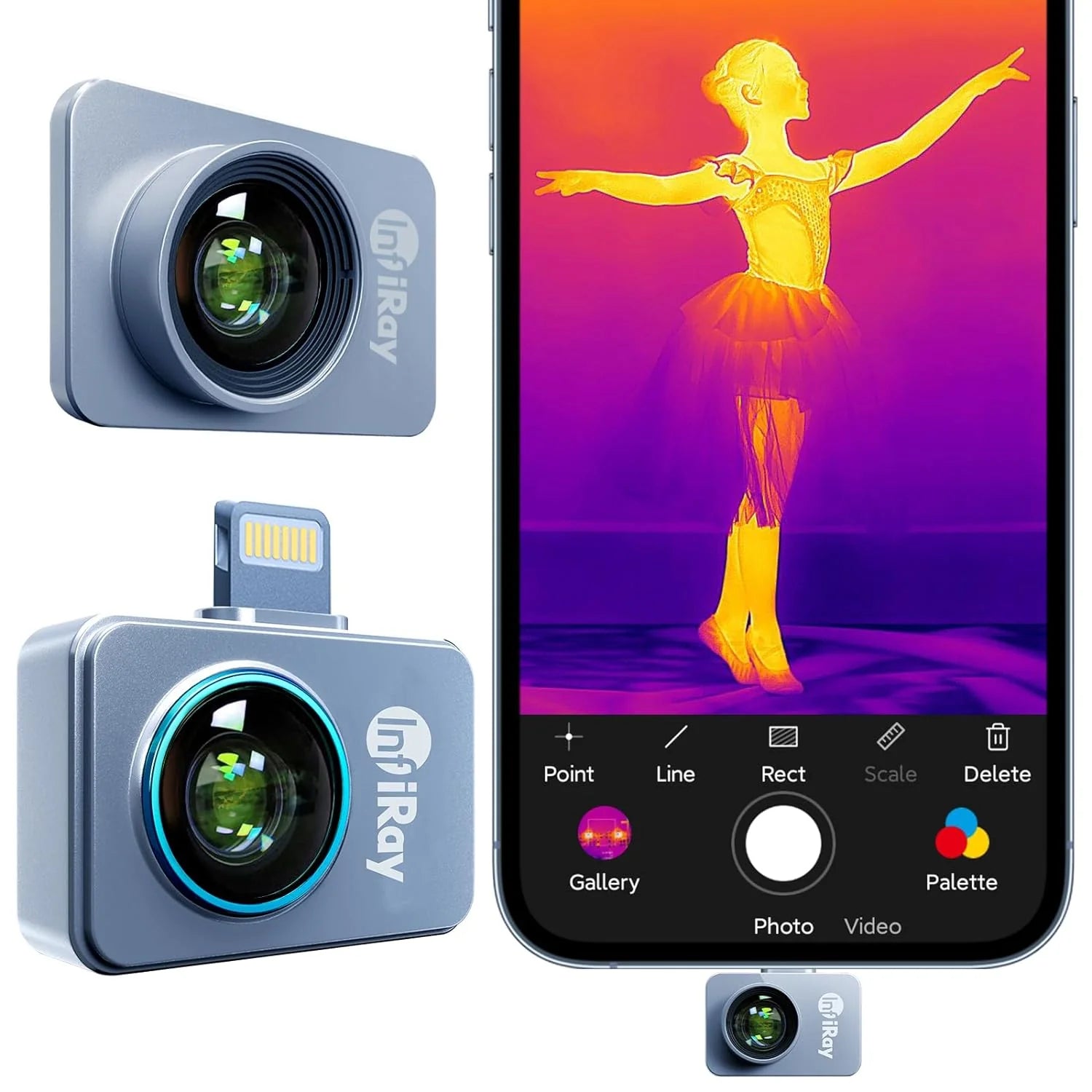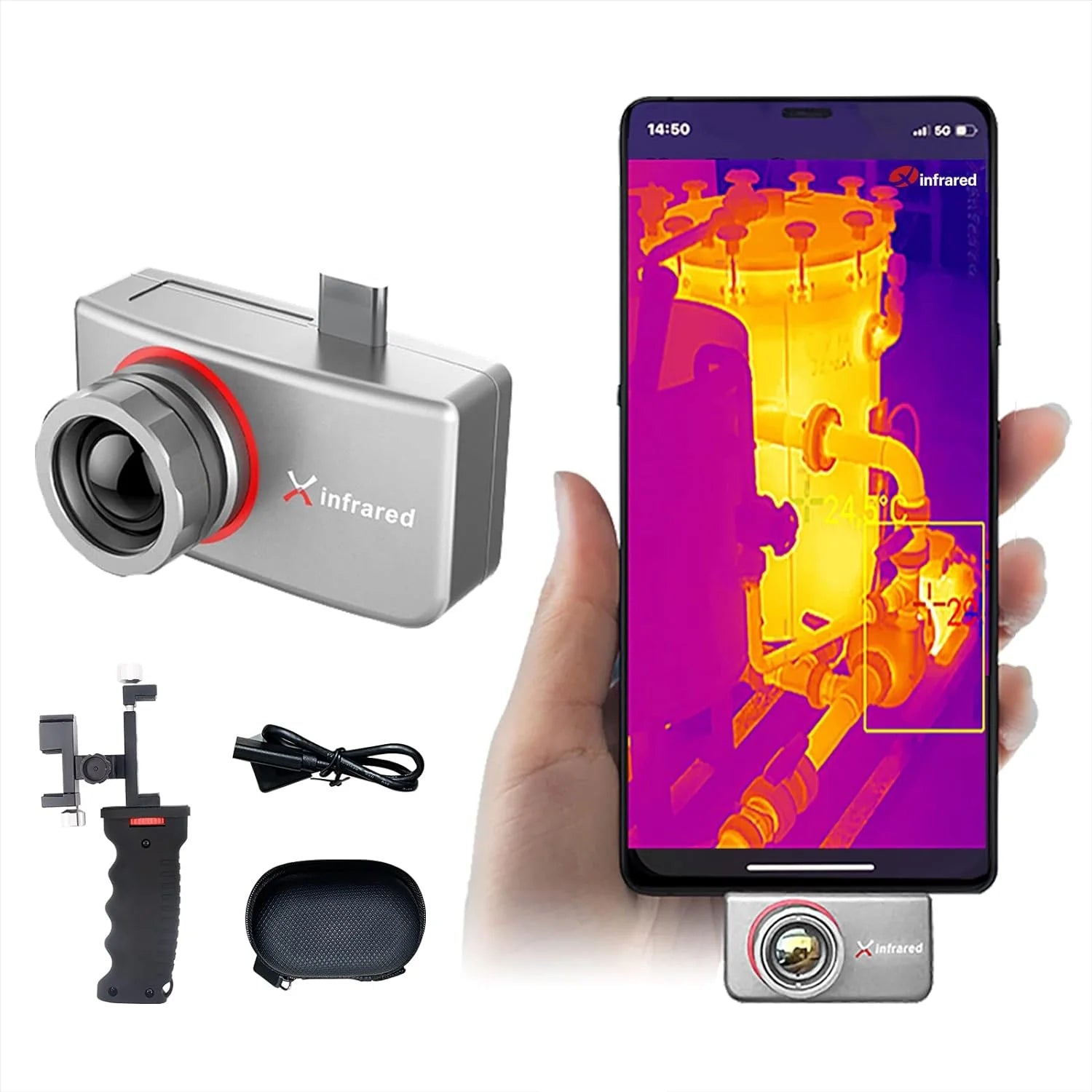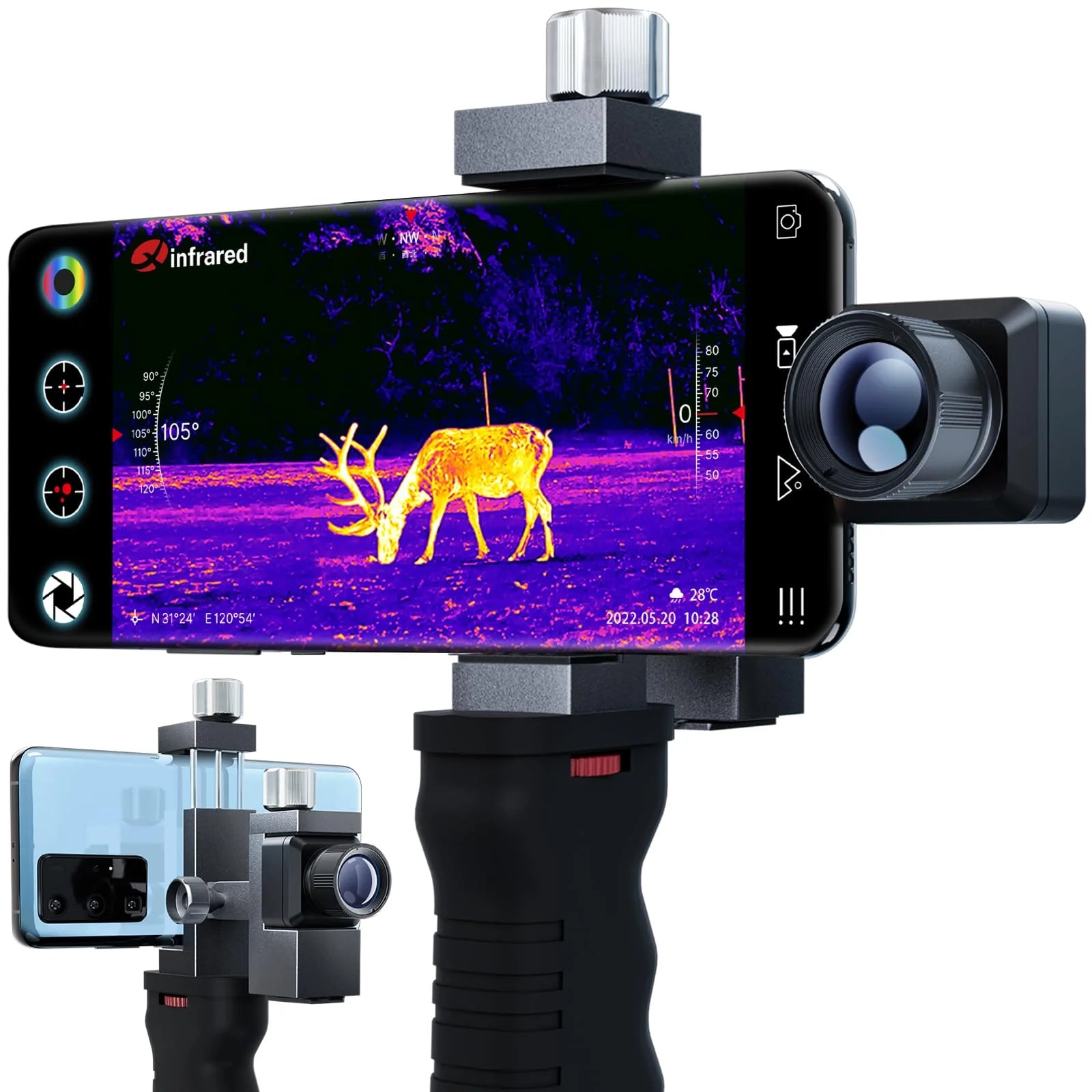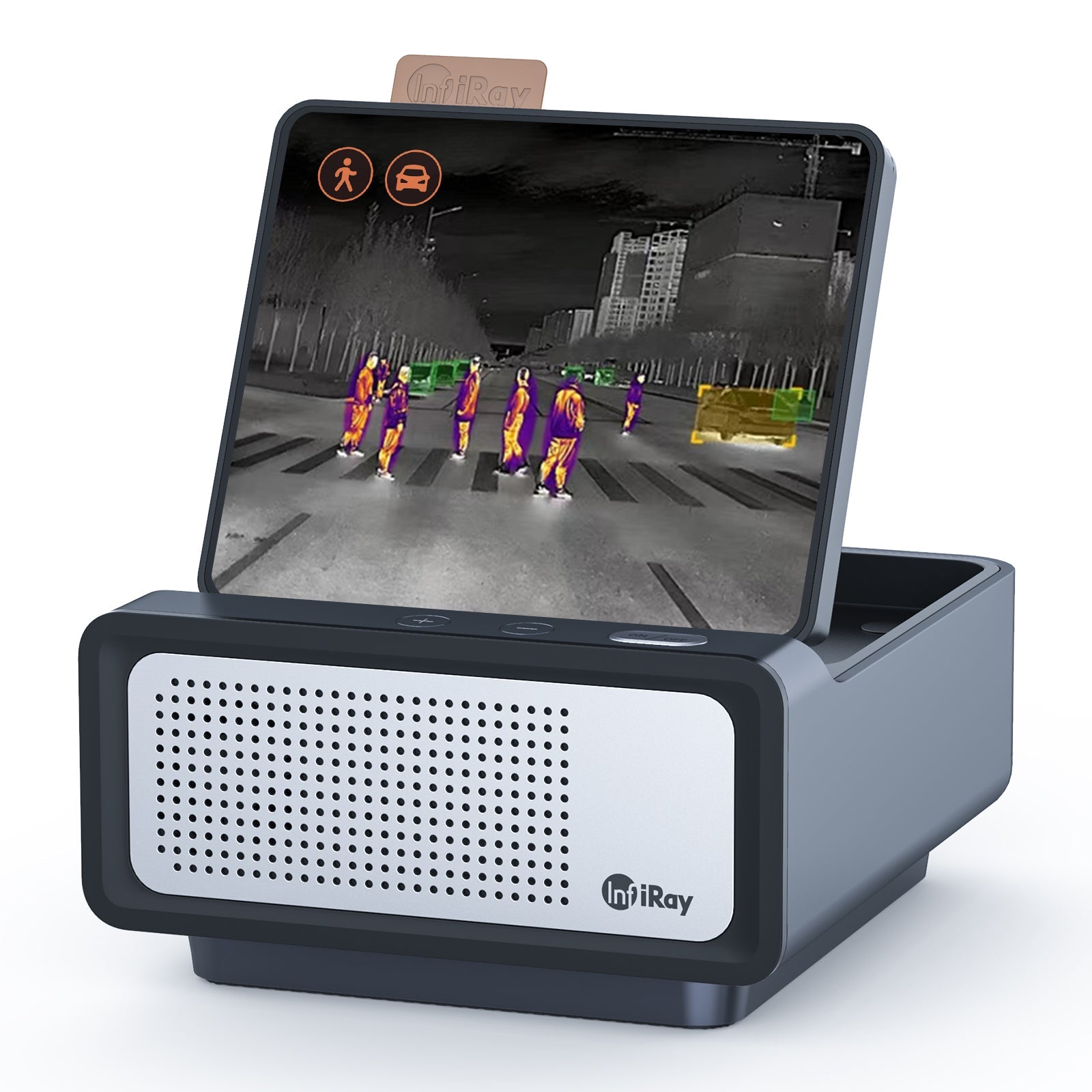Introduction:
In the world of imaging technology, two prominent types of cameras stand out: normal cameras and thermal cameras. While both serve the purpose of capturing images, they operate on different principles and offer distinct capabilities. In this article, we will delve into the differences between a normal camera and a thermal camera, shedding light on their functioning, applications, and advantages. By understanding these disparities, we can appreciate the unique features that each camera type brings to various industries and fields.
Understanding Normal Cameras:
Normal cameras, often referred to as visible-light cameras or optical cameras, are the cameras we commonly use for everyday photography and video recording. These cameras capture images by detecting and recording visible light within the electromagnetic spectrum. They rely on the interaction of light with objects to produce images that can be seen by the human eye.
Normal cameras operate based on the principles of optics, utilizing lenses to focus light onto an image sensor (such as a CCD or CMOS sensor) that captures the light and converts it into an electronic signal. This signal is then processed to create a digital image that represents the colors, textures, and details of the scene as perceived by the human eye.
Understanding Thermal Cameras:
Thermal cameras, also known as infrared cameras or thermographic cameras, operate in the infrared spectrum of light, which is beyond the range of human vision. Instead of capturing visible light, thermal cameras detect and visualize the thermal energy emitted by objects.
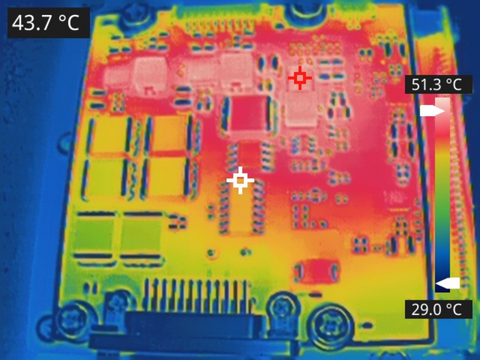
Thermal cameras work based on the principle of thermography. They contain specialized sensors called microbolometers that are sensitive to infrared radiation. These sensors detect the intensity of infrared radiation emitted by objects and convert it into a temperature reading for each pixel in the image.
Unlike normal cameras, thermal cameras do not rely on ambient light or artificial illumination. Instead, they detect the heat signatures emitted by objects and translate them into a visual representation called a thermal image or thermogram. In a thermal image, different colors or grayscale shades represent different temperatures, allowing users to analyze the temperature patterns of objects and their surroundings.

Differences in Functionality and Applications:
The distinction between normal cameras and thermal cameras lies in their functionality and the applications they are suited for. Here are some key differences:
-
Image Formation: Normal cameras capture images by detecting and recording visible light, providing detailed information about colors, textures, and fine visual details. Thermal cameras, on the other hand, capture thermal energy emitted by objects, representing temperature variations rather than visible characteristics.
-
Visibility: Normal cameras capture images that are visible to the human eye, allowing us to perceive the world as we see it. Thermal cameras, however, reveal a different aspect of reality by visualizing heat patterns that are invisible to the naked eye. They enable us to see temperature differences and anomalies that may indicate potential issues.
-
Environmental Independence: Normal cameras heavily rely on ambient lighting conditions, such as natural sunlight or artificial illumination, to capture images. In contrast, thermal cameras are independent of lighting conditions since they detect thermal radiation emitted by objects. They can operate effectively even in total darkness.
-
Applications: Normal cameras find extensive use in photography, videography, surveillance systems, and various consumer electronics. They are widely employed in industries such as media, entertainment, and personal photography. On the other hand, thermal cameras are highly valued in fields that require temperature analysis, such as industrial inspections, electrical diagnostics, building inspections, energy auditing, firefighting, search and rescue operations, and wildlife monitoring.
Advantages and Limitations:
Each type of camera offers distinct advantages and has certain limitations. Normal cameras excel in capturing fine visual details, vibrant colors, and producing high-resolution images. They are essential for applications that require precise visual representation, such as portrait photography or capturing intricate details in architectural photography.
Thermal cameras, on the other hand, provide valuable insights into temperature variations, enabling users to detect anomalies, identify hotspots, and assess thermal performance. They are particularly useful in applications where heat patterns, energy efficiency, or potential problems need to be assessed.
However, thermal cameras have limitations when it comes to capturing fine visual details or differentiating between objects with similar temperatures. They rely on temperature variations and do not provide the same level of visual fidelity as normal cameras. Additionally, thermal cameras can be relatively more expensive than normal cameras due to the specialized sensors and technology required for thermal imaging.
Conclusion:
In summary, the distinction between normal cameras and thermal cameras lies in their image formation, visibility, functionality, and applications. Normal cameras capture visible light to create detailed visual representations, while thermal cameras detect and visualize thermal energy emitted by objects, revealing temperature patterns and anomalies. Both camera types serve specific purposes and find applications across various industries. Understanding their differences helps us appreciate the unique capabilities and advantages they bring to the world of imaging technology.

